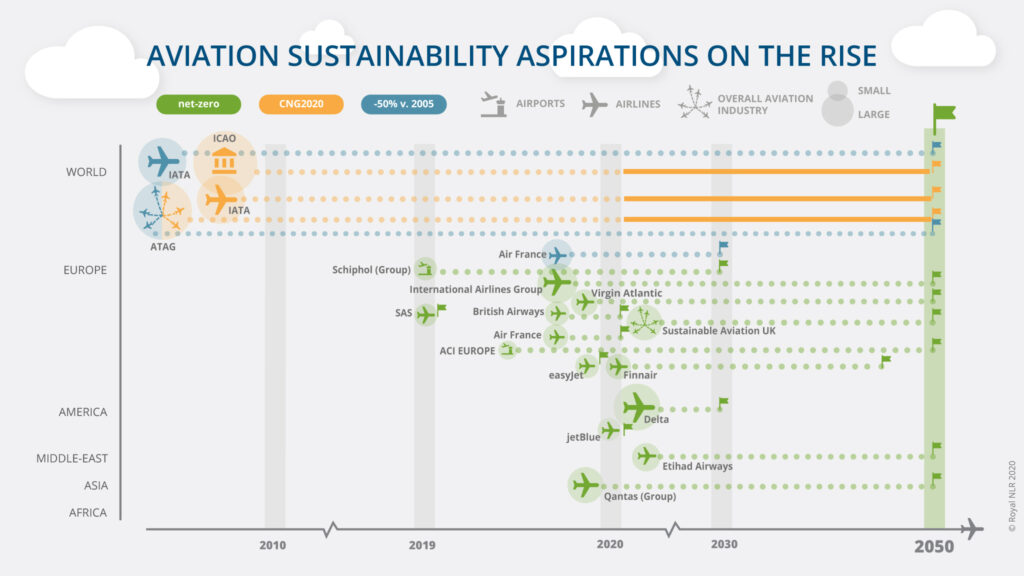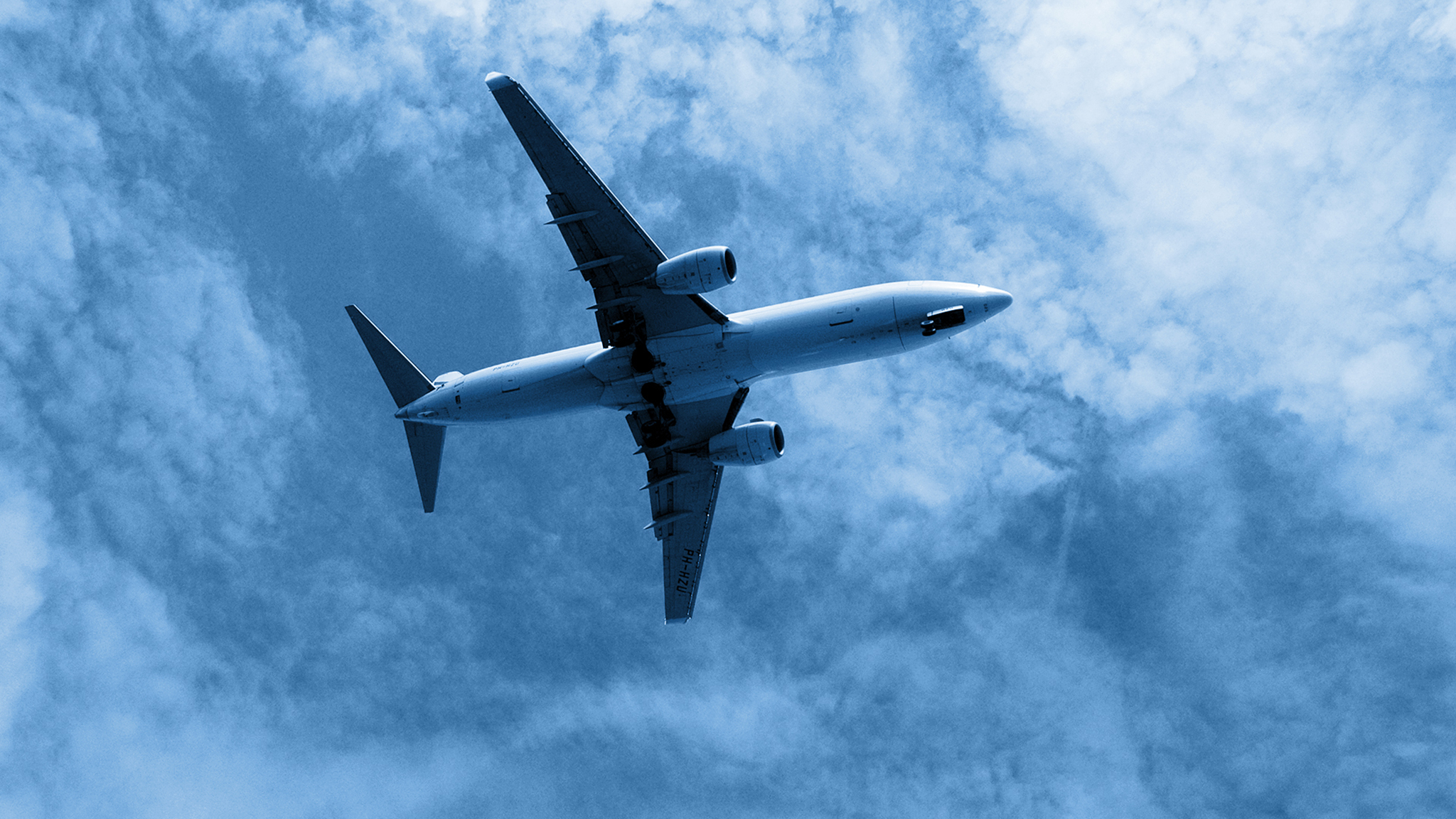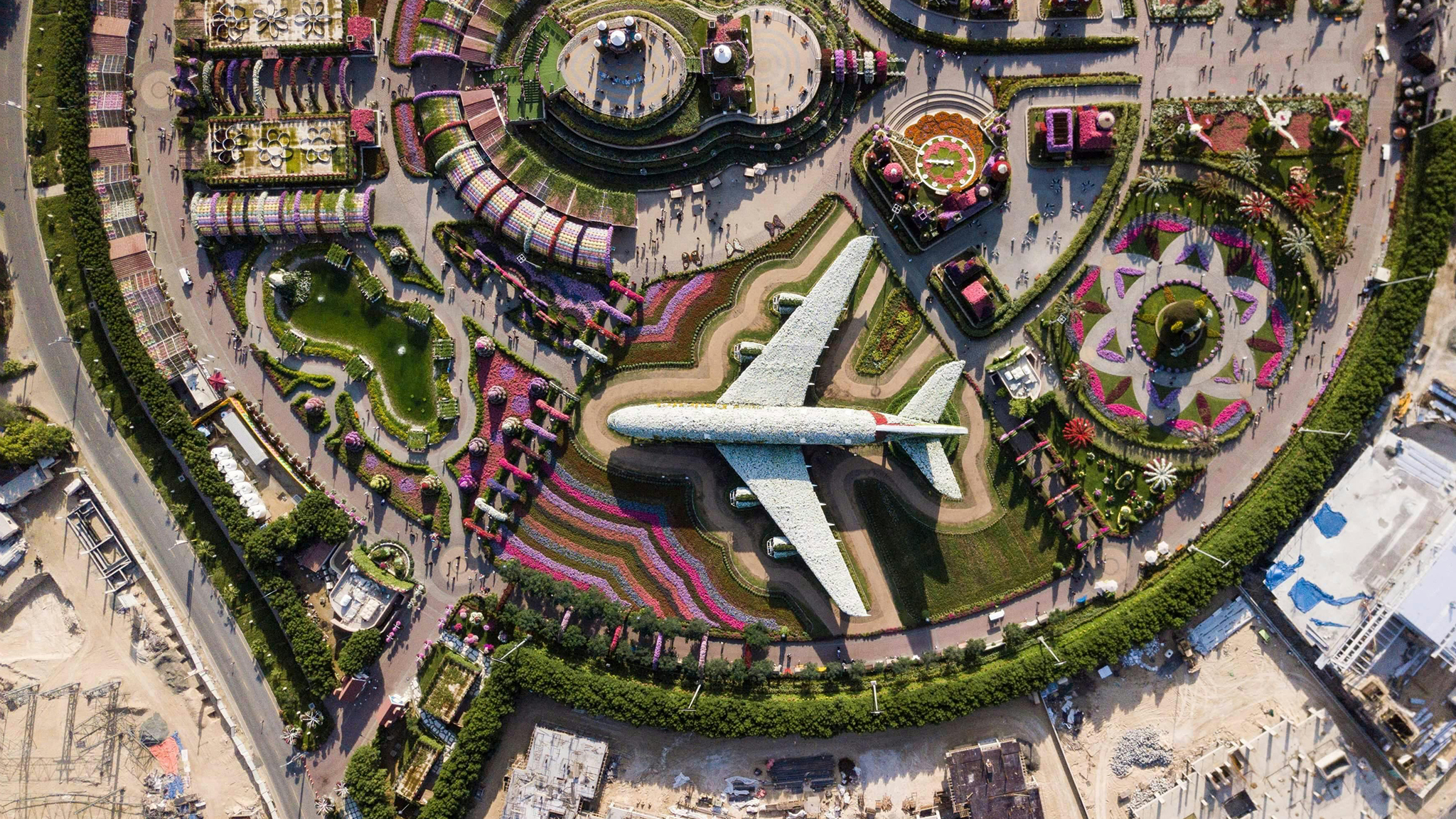Back to the future: towards sustainable aviation

How different are things now. While sceptics rightly note that the near-total lack of flights is still far better for the environment than having targets for the future, the triumphalism of some such reports is, in my view, inappropriate. Airlines, airports, aircraft manufacturers and suppliers worldwide are facing one of the biggest crises of their existence, and countless workers fear for keeping their jobs – or have already lost them. And moreover, let us not forget the important role aviation plays in our fight against the coronavirus: cargo planes are even withdrawn from storage just to provide enough capacity for the (fast!) transport of gigantic amounts of medical equipment, and one special flight after another takes off to bring stranded travelers safely home.
‘The aviation sector has an obligation to take the climate crisis more seriously’
Despite the fact that CO2 reduction will be top of the mind in few boardrooms at the moment, the current crisis does not absolve the aviation sector of the obligation to get more serious about the next crisis: that of global warming and rising sea levels. Therefore, let us take a look at the targets set before corona.
The figure below shows the ambitions, targets and commitments I have collected over the past period. From top to bottom, the different parts of the world; from left to right, a timeline. This first shows when the target was set, indicated by an aircraft, airport or industry icon. The flag on that same timeline shows when a target was, or should have been, achieved. The colours distinguish between different types of targets: no more (net) CO2 emissions at all (green, net zero), CO2-neutral growth from 2020 (yellow, Carbon Neutral Growth: CNG2020) or a 50% reduction compared to 2005 CO2 emissions, to be achieved by 2050 (blue, -50% vs 2005).

An overview of sustainability ambitions and targets from the aviation sector. The icon’s position on the timeline indicates when a target was set; the flag when it was or should have been achieved. The size of icons is an indication of the CO2 emissions associated with a target.
Three things stand out. One: a lot of targets are already on the books. That, in itself, is great news. Two: timelines are getting shorter and shorter. EasyJet, for example, did not announce last year to offset their CO2 sometime over a certain number of years, but to do so immediately. Pretty much the same goes for Air France and British Airways, as well as JetBlue in the US – although they all limit this to domestic flights. And three – perhaps the most important one: targets follow each other ever faster. Ten years after the announcement of ambitions from IATA, ATAG and ICAO, sustainability thinking seems to have finally turned into sustainability doing. For example, in addition to those already discussed, airport umbrella organisation ACI-EUROPE adopted a resolution in May 2019 committing to net zero CO2 emissions by 2050, Schiphol Group wants its airports to be emission-free as early as 2030, and roughly all of the UK aviation industry published an update to their periodic CO2-Road-Map. For the first time since 2012, this will also go to net zero. I found a total of 13 organisations that specified a concrete CO2 target in the past year.
‘From sustainability thinking to sustainability doing’
It is great to have targets, but achieving them is another matter. Particularly if this should be done with as few negative side effects as possible, because especially in the case of CO2 compensation programmes, this is no easy matter. Today’s reality further complicates all this: money to invest is few and far between. Nevertheless, there are some hopeful signs. The fact that various airlines are phasing out older aircraft in an accelerated manner is good news for the climate (although unfortunate for enthusiasts). Moreover, recently, 13 ministers advocated a ‘green recovery’ from the current crisis using the Green Deal as a starting point – after several NGOs had also called for that. The successor to the European Clean Sky 2 partnership, in which NLR is very active and contributes to R&D towards sustainable aircraft technology, is also still scheduled for 2021.
‘Continued focus on sustainability is indisputable’
Whether we have reached the worst of the corona crisis by now is anybody’s guess. Nor is it certain how we will recover from it. As far as I am concerned, there is no doubt that companies should also focus on sustainability. In any case, the ideas and leadership shown by several aviation companies in this area over the past 12 months gives me great hope.



